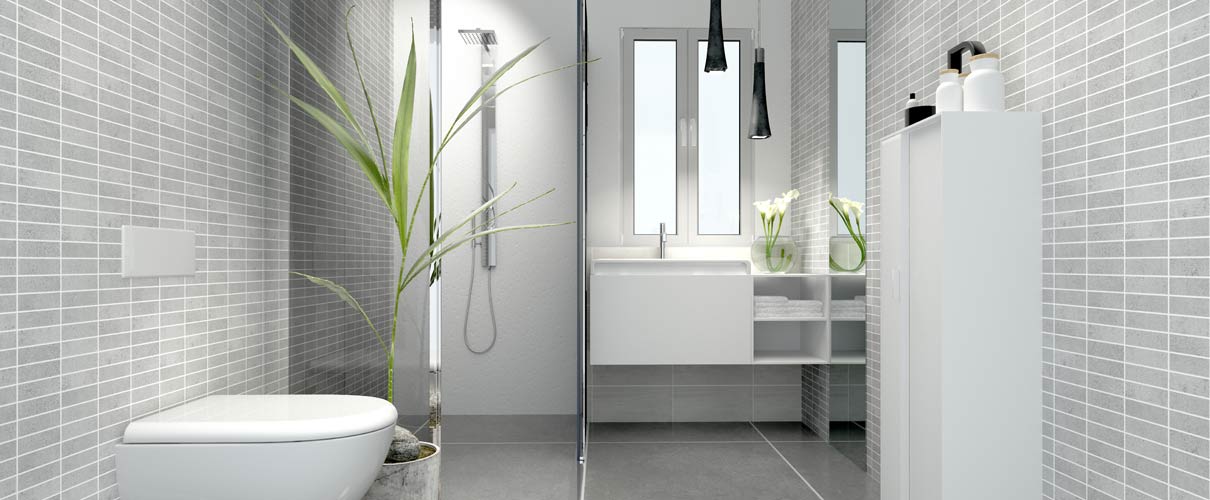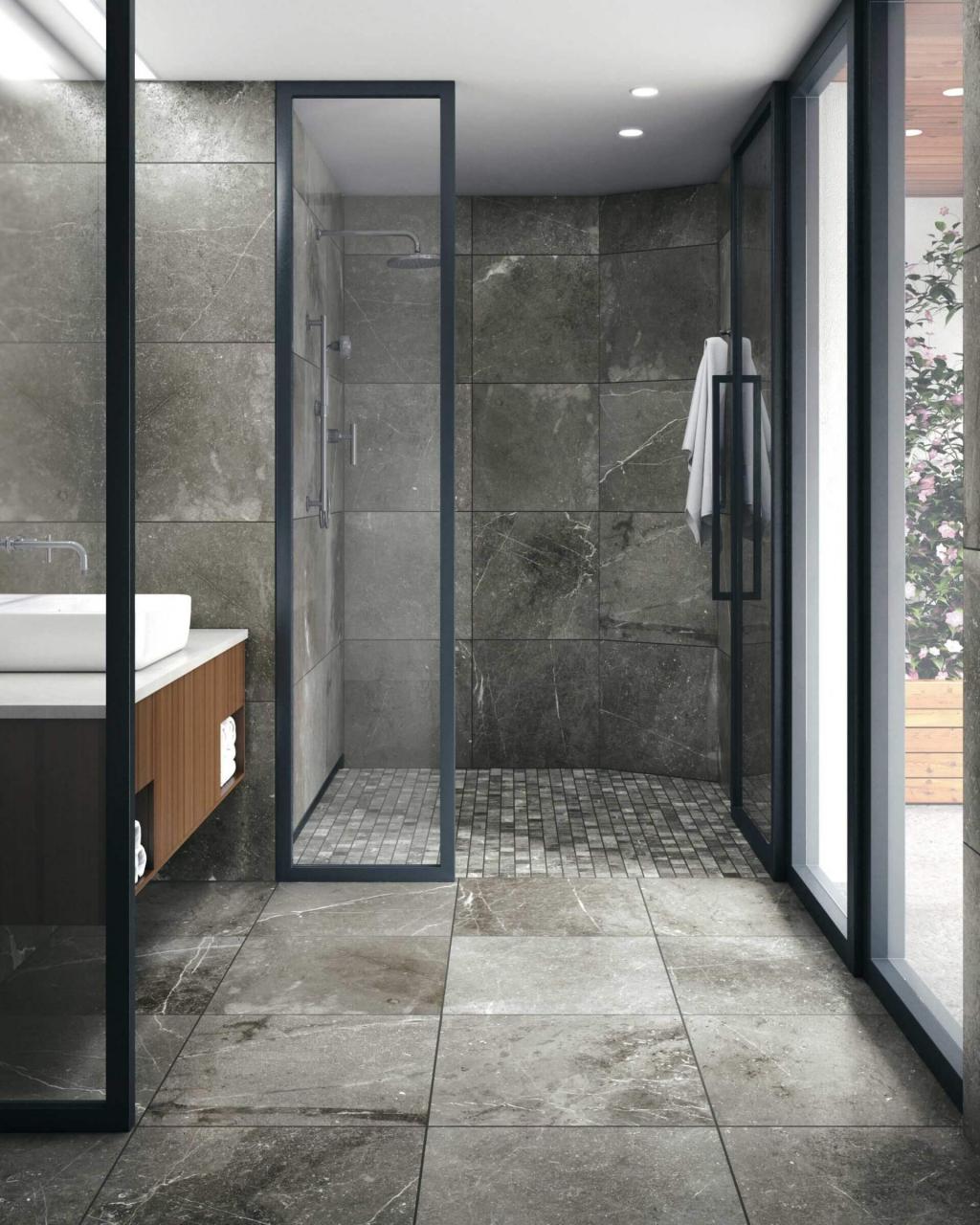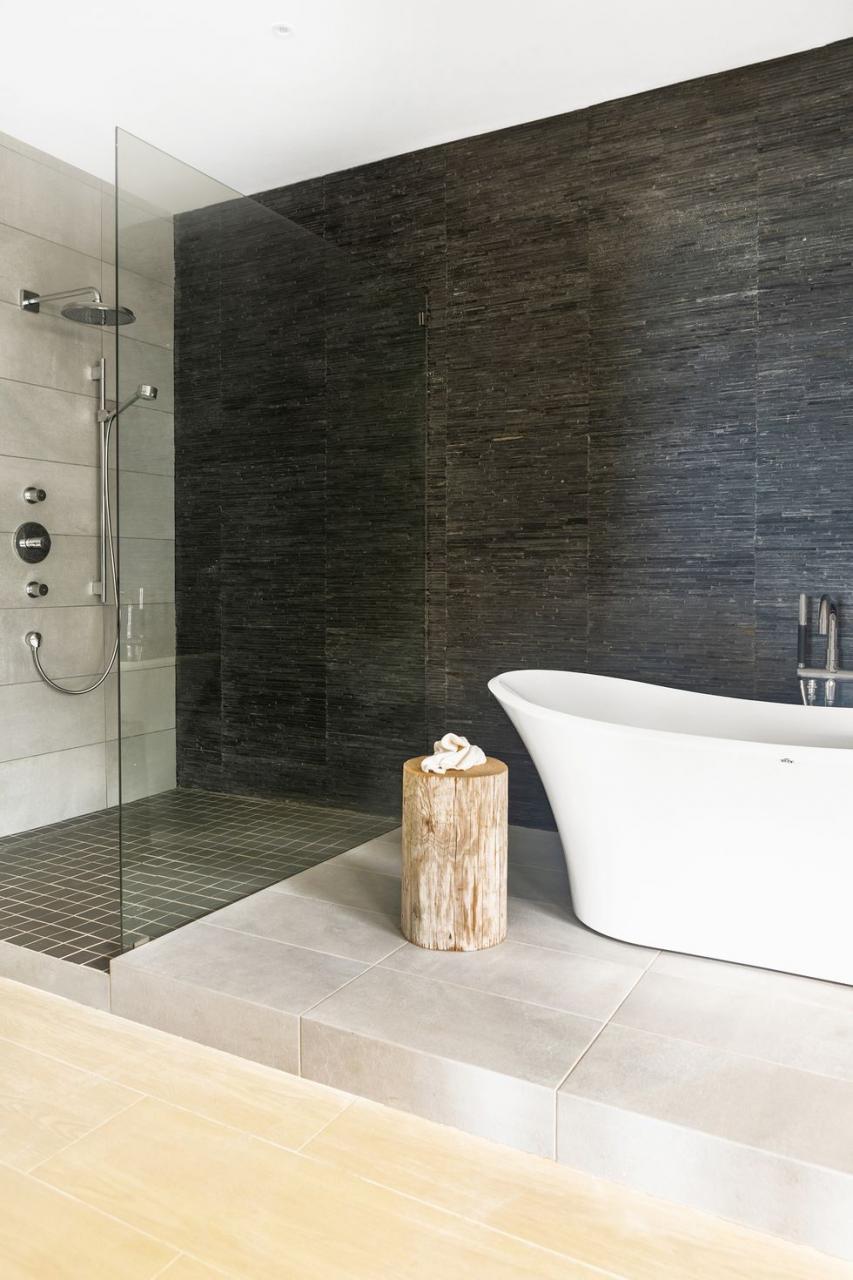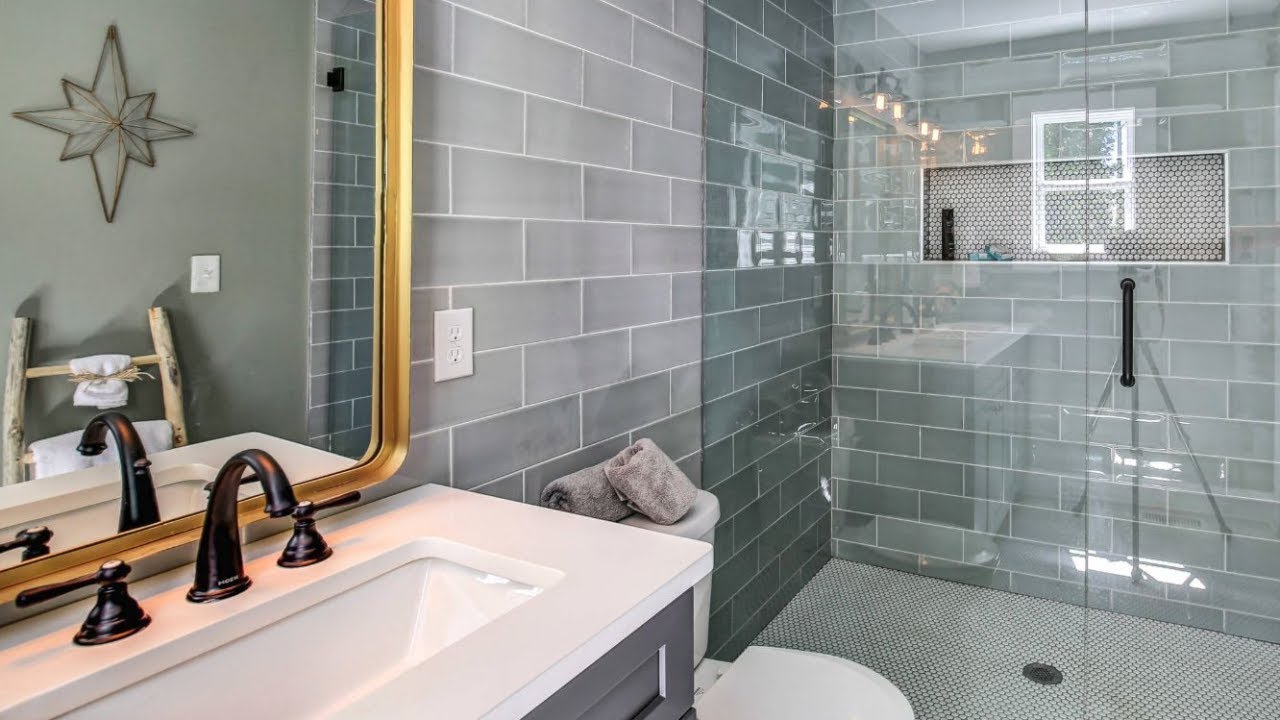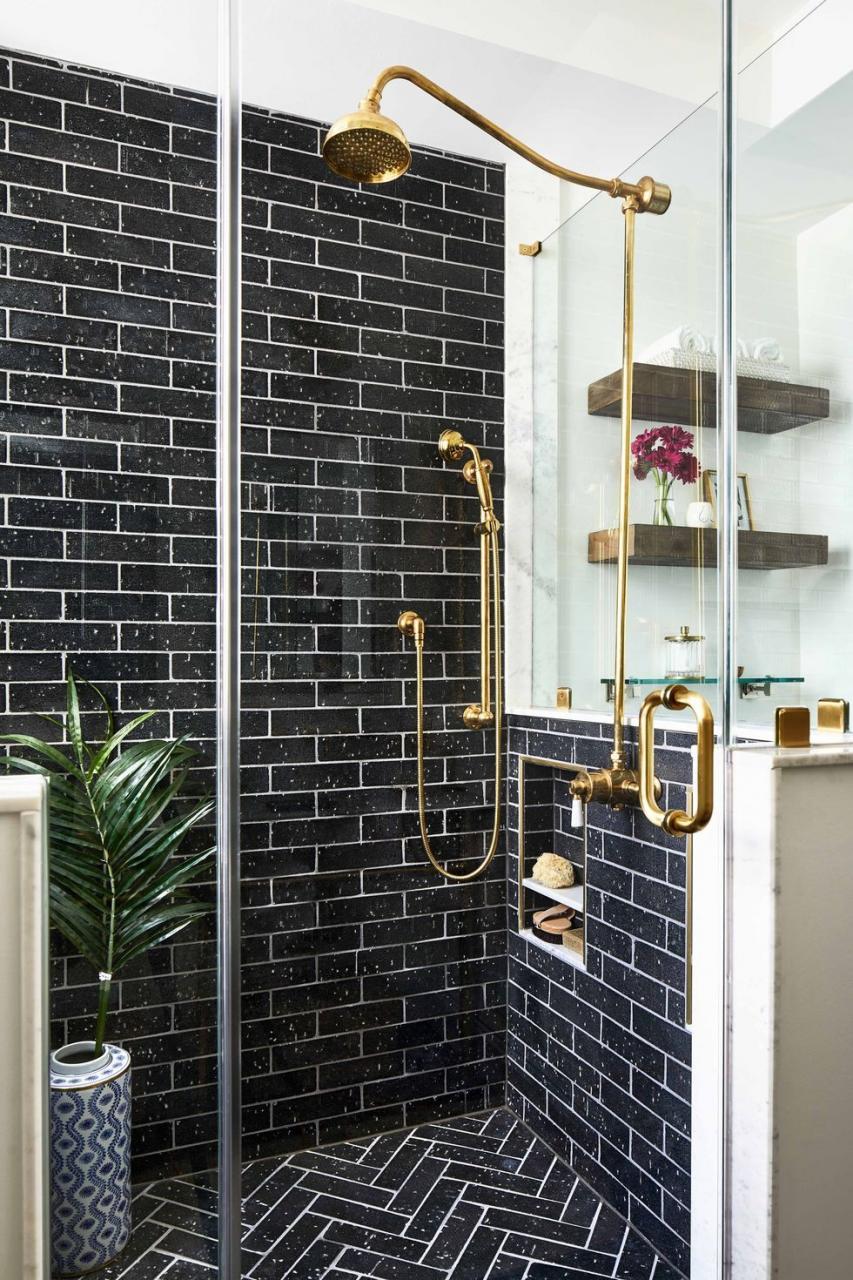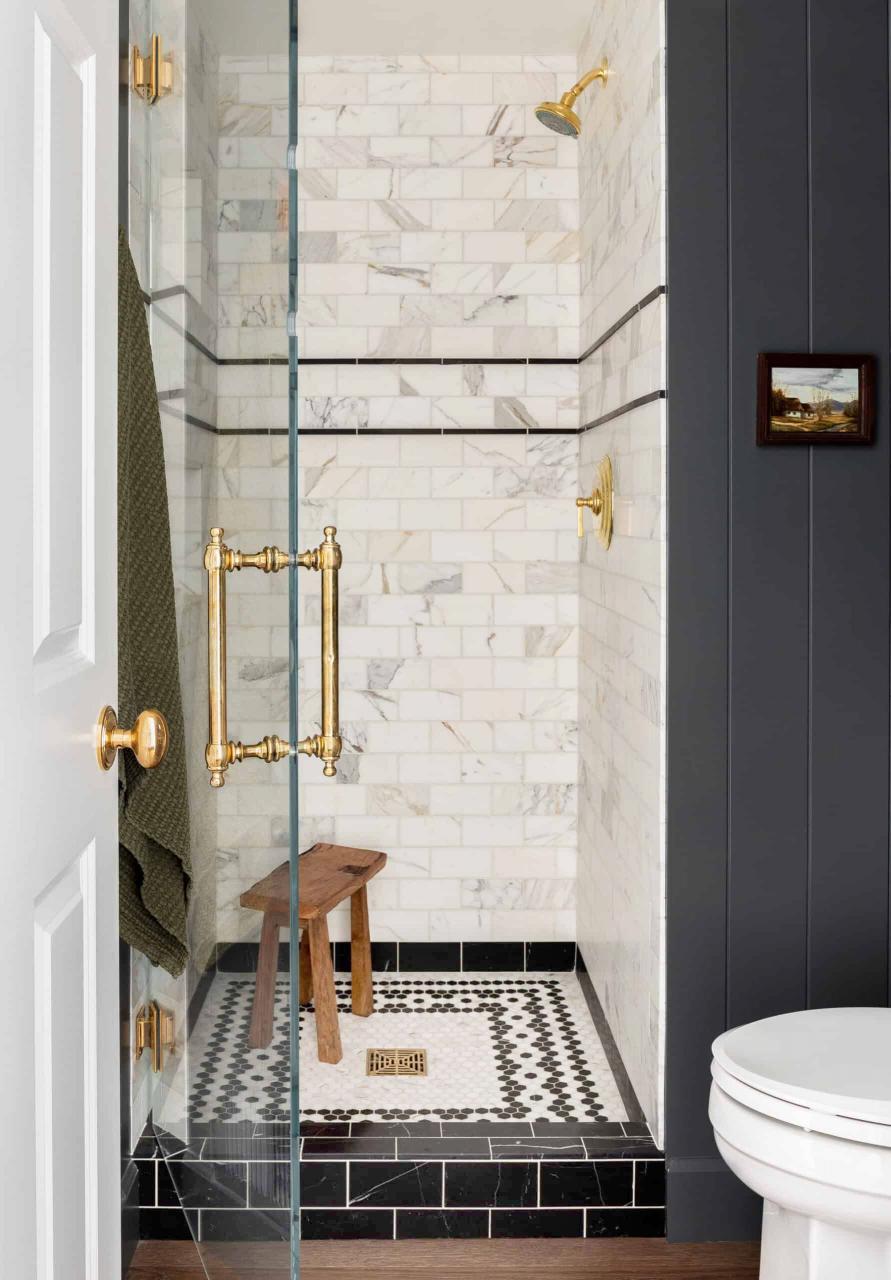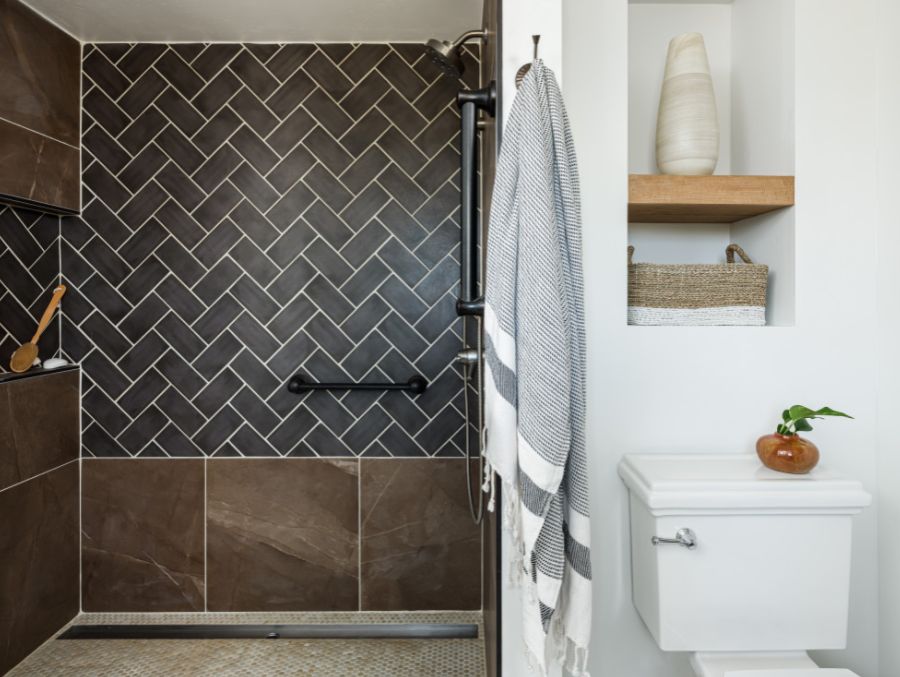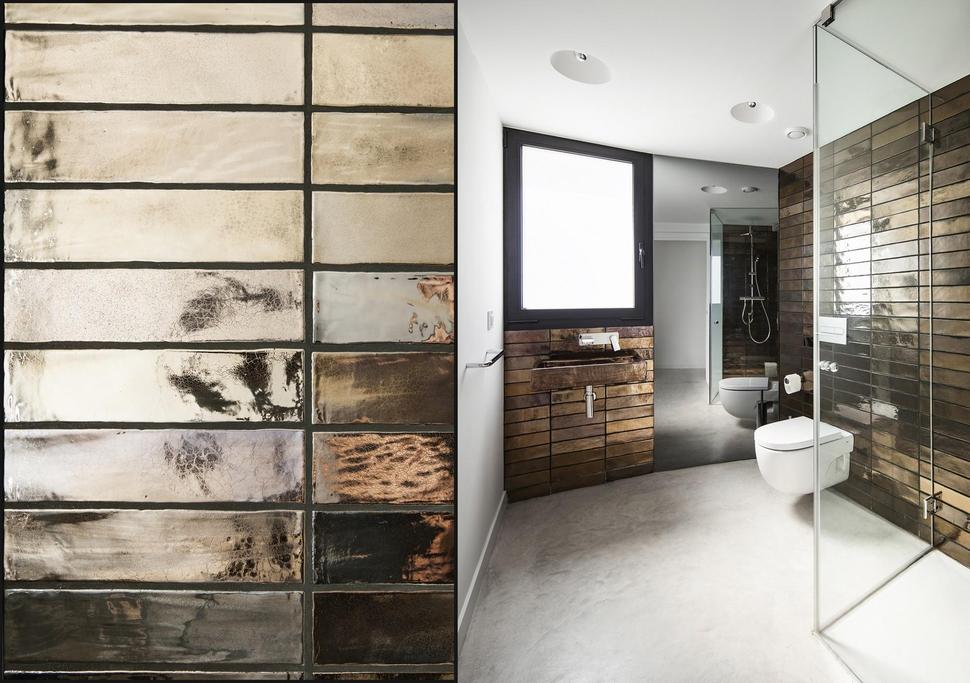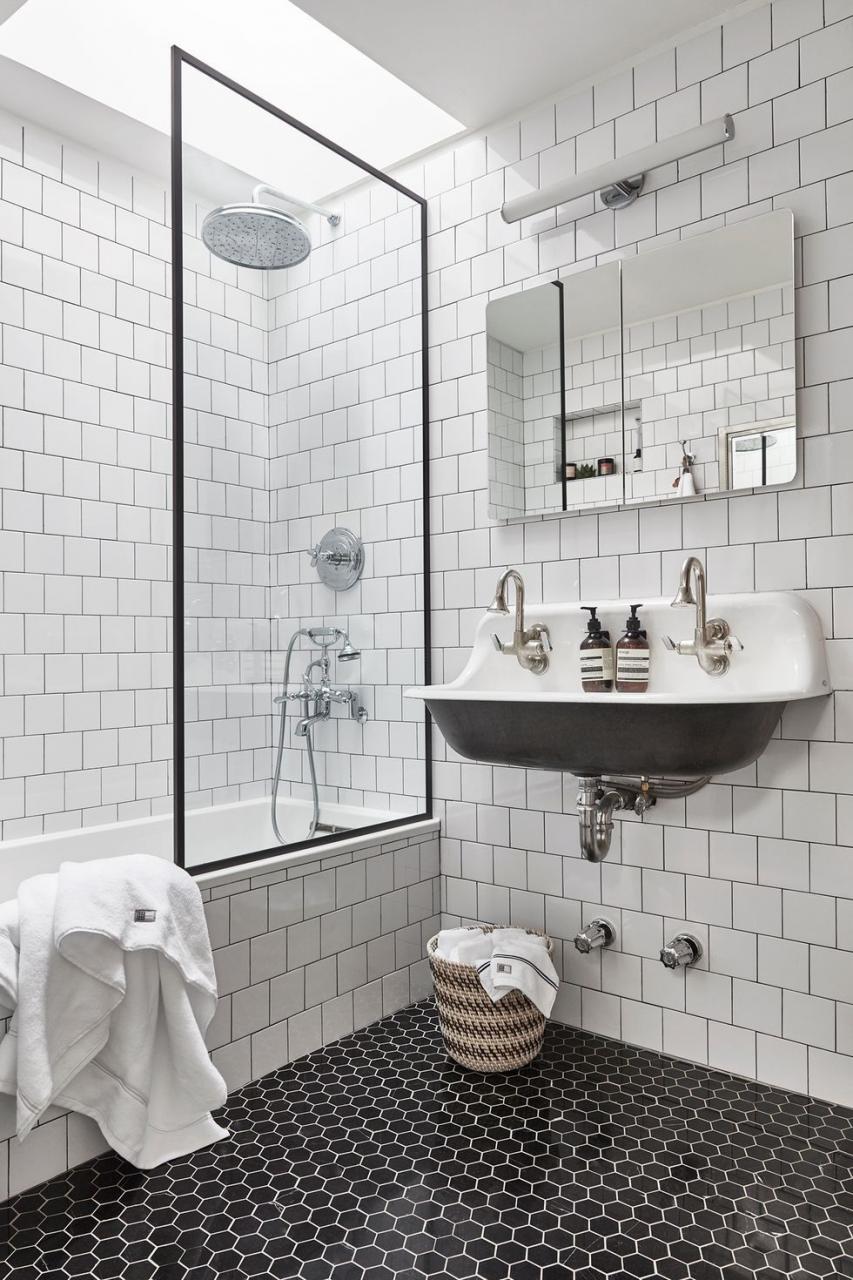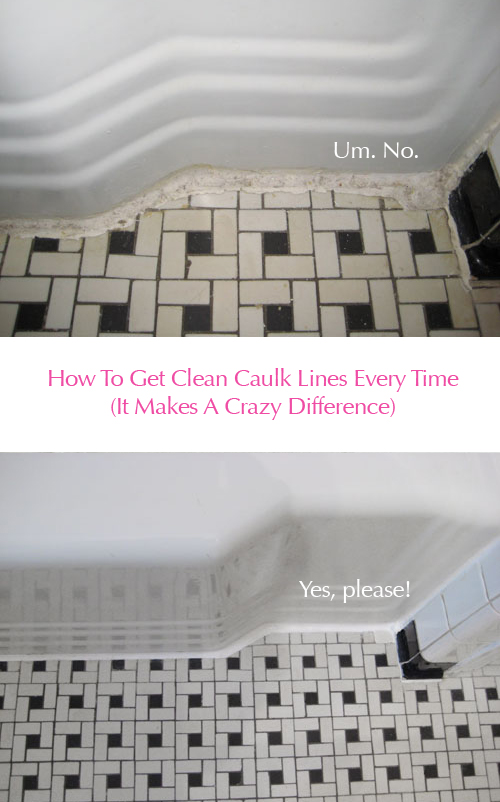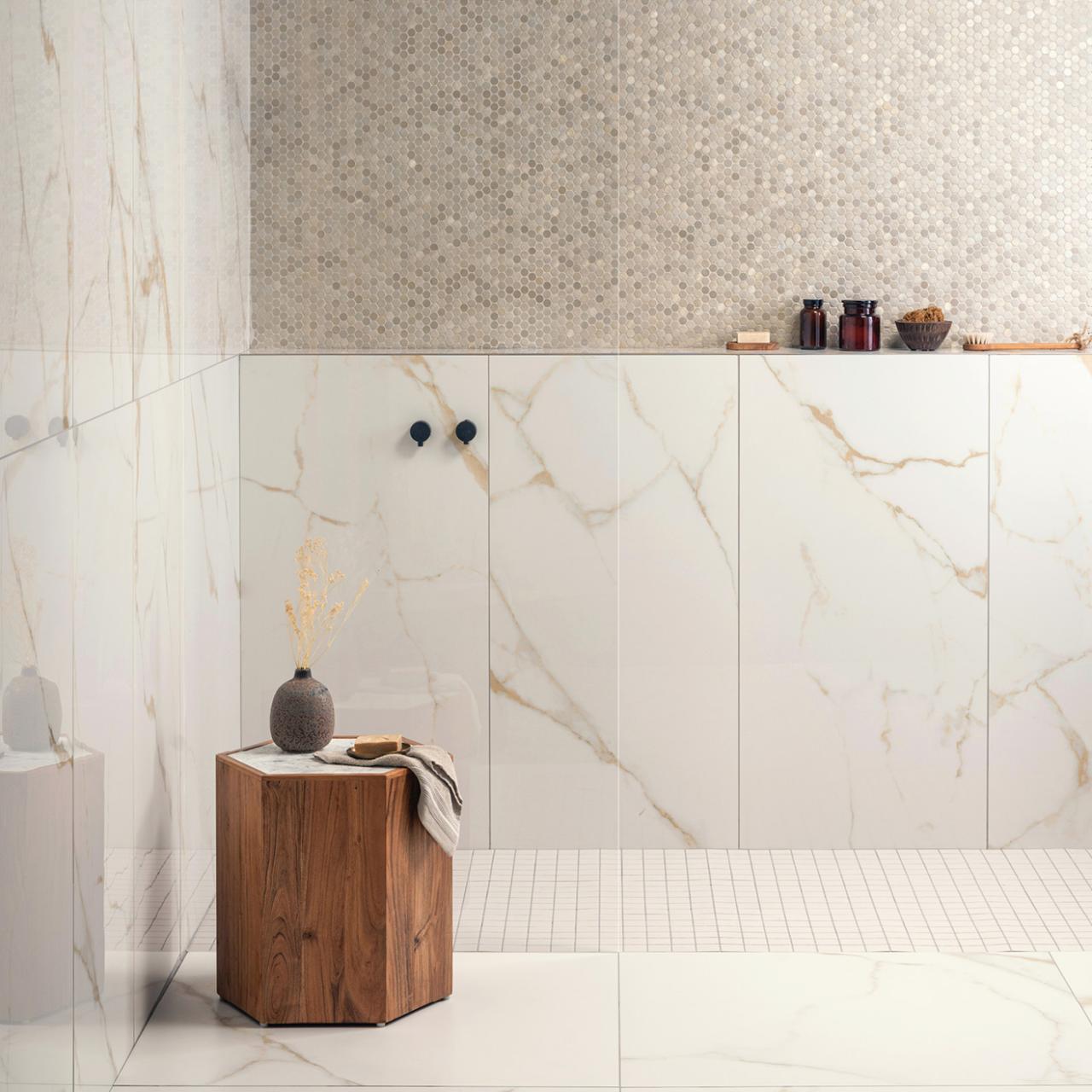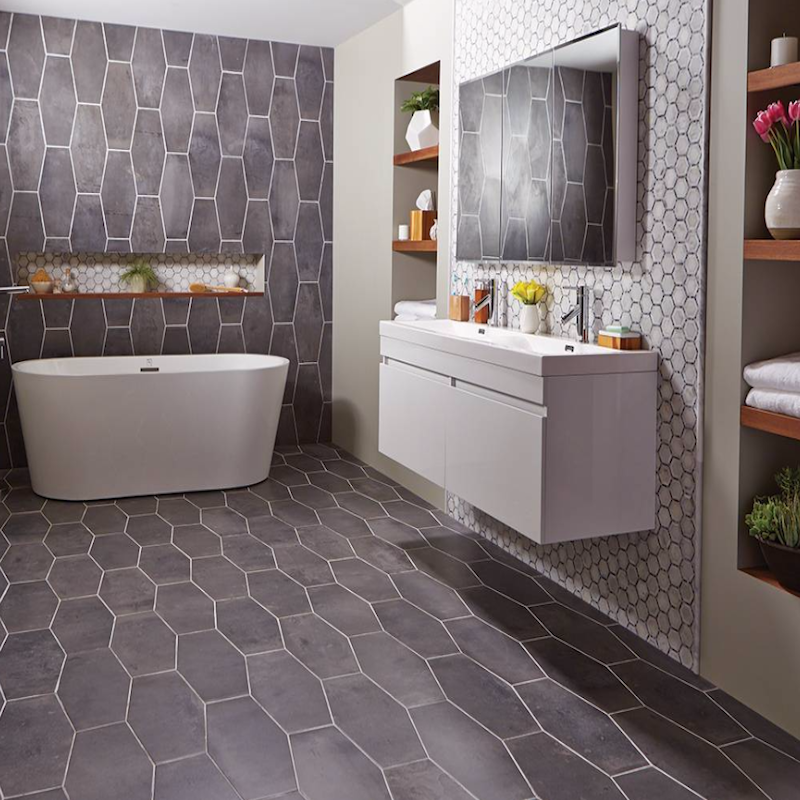Choosing the Right Tile Material for Your Bathroom
When I first started planning my bathroom remodel, choosing the right tile material felt like a big decision. The material you choose can impact not only the look of your bathroom but also its functionality and durability over time. After doing some research and considering various options, I realized that the tile material should complement my lifestyle, design preferences, and practical needs. There are so many materials out there, but understanding the pros and cons of each helped me make the best choice for my bathroom. Here are the most popular tile materials to consider:
- Ceramic Tiles Ceramic tiles are a classic choice, and I found that they’re both affordable and versatile. They come in a wide variety of colors, patterns, and finishes, making them easy to match with any bathroom style. What I love most about ceramic tiles is their durability and low-maintenance nature. They’re water-resistant, easy to clean, and a great option for areas that see a lot of moisture.
- Porcelain Tiles If you’re looking for something a bit more premium, porcelain tiles might be the way to go. Porcelain is denser and more durable than ceramic, making it ideal for high-traffic areas like the bathroom. I also found that porcelain tiles can mimic the look of natural stone or wood, giving me the luxury aesthetic I wanted without the high price tag.
- Natural Stone Tiles For a more organic and luxurious feel, natural stone tiles such as marble, granite, or slate are a great option. I was tempted by the timeless beauty of marble, but I realized that stone requires more maintenance. It’s porous, so it needs to be sealed regularly to prevent stains and moisture damage. However, if you’re willing to put in the care, natural stone can make a stunning statement in the bathroom.
- Glass Tiles Glass tiles can add a modern, reflective quality to the bathroom, which I found especially appealing for smaller spaces. They bounce light around, making the bathroom feel larger and more open. However, I learned that glass tiles can be slippery when wet, so they might not be the best choice for floors, but they work beautifully as accent walls or backsplashes.
- Vinyl Tiles For those on a budget, vinyl tiles are an affordable and practical option. They’re water-resistant, easy to install, and come in a wide variety of designs that can mimic higher-end materials like wood or stone. I was surprised by how far vinyl has come in terms of design, but it doesn’t offer the same longevity or premium feel as ceramic or porcelain.
- Cement Tiles Cement tiles have gained popularity for their bold, geometric patterns and artisanal look. They offer a unique, hand-crafted appearance that can bring character to any bathroom. While I love the aesthetic, I realized cement tiles are porous and require sealing, which makes them a higher-maintenance option compared to ceramic or porcelain.
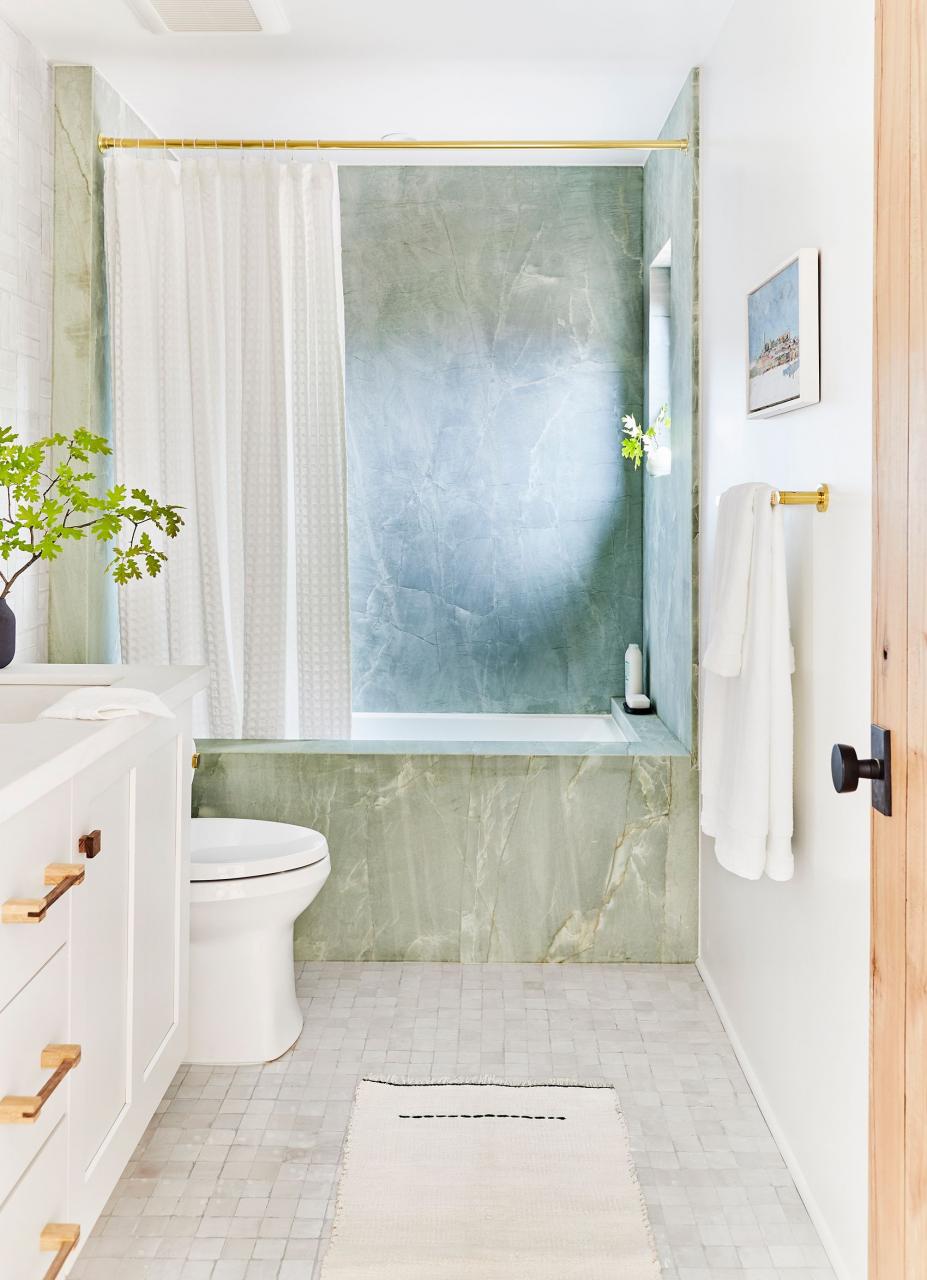
Creative Tile Patterns to Elevate Your Bathroom Design
When I first started looking at tile options, I was amazed at how much the pattern could change the entire look and feel of the bathroom. It’s not just about the material or color – the way the tiles are laid out plays a huge role in the overall design. If you’re like me and want to give your bathroom a unique twist, exploring different tile patterns can take your space to the next level. Here are some of the most creative tile patterns to consider:
Herringbone Pattern The herringbone pattern is one of my personal favorites. It involves laying rectangular tiles at a 45-degree angle, creating a zig-zag effect. What I love about this pattern is that it adds movement and texture to the space without being too overwhelming. Whether you use it on the floor or as a backsplash, herringbone can make a small bathroom feel more dynamic.
Chevron Pattern Similar to herringbone, the chevron pattern also creates a zig-zag effect, but the tiles are cut at an angle to create a continuous V-shape. It’s a bit more modern and streamlined than herringbone, and I found it works especially well for a sleek, contemporary bathroom design. Chevron is great for adding a bold touch without going over the top.
Basketweave Pattern If you want a classic and timeless look, the basketweave pattern is a fantastic choice. This design mimics the texture of woven fabric, with rectangular tiles laid out in a way that creates the illusion of interlocking pieces. I love how it adds subtle texture and detail without being too intricate. It’s perfect for those who want a traditional yet stylish bathroom.
Diagonal Pattern Laying tiles diagonally is a simple yet effective way to make a bathroom appear larger. I tried this in a small bathroom and was amazed at how much more spacious it felt. The diagonal lines draw the eye outward, creating the illusion of more space. Plus, it gives the room a bit of unexpected flair.
Grid or Stack Bond Pattern For a more minimalist look, the grid or stack bond pattern is a great option. It involves laying tiles in a simple, straight grid, which creates a clean, modern feel. I found this pattern works well with larger tiles, as it emphasizes simplicity and symmetry. It’s perfect for a modern, spa-like bathroom where less is more.
Hexagonal Tiles Hexagonal tiles, also known as “honeycomb” tiles, add a geometric twist to the bathroom. They come in a variety of sizes and can be arranged in different ways to create a playful yet sophisticated look. I love how hexagonal tiles can be used as a feature wall or floor to create a focal point in the bathroom.
Using Bold Colors to Make a Statement with Bathroom Tiles
I’ve always loved bold colors, and when it came to designing my bathroom, I knew I wanted to incorporate vibrant hues. Using bold-colored tiles can instantly transform a dull bathroom into a stylish and inviting space. Whether you go for a fully saturated look or just add pops of color here and there, bold tiles are a fantastic way to make a statement.
Here are some bold color ideas for bathroom tiles:
Deep Blues I’ve always been drawn to the calming and sophisticated feel of deep blue tiles. Navy blue or cobalt tiles can create a luxurious, spa-like atmosphere in the bathroom. Whether you use them on the floor, walls, or as an accent, deep blue tiles make a powerful statement without being too overpowering.
Emerald Green Emerald green is another color I’ve fallen in love with for bathroom tiles. It brings a sense of nature and serenity into the space while still feeling vibrant and rich. I used emerald green subway tiles for my shower wall, and it instantly added depth and drama to the bathroom.
Bright Yellows If you want to brighten up your bathroom, yellow tiles are a great way to add energy and warmth. I was a bit hesitant at first, but I found that using yellow as an accent color, such as in a backsplash or a feature wall, created a cheerful and lively atmosphere. It’s perfect for those who want to bring a bit of sunshine into their space.
Bold Reds Red isn’t a color you see often in bathrooms, but I’ve found that it can create a striking and memorable design. I used red tiles in a small powder room, and it gave the space a bold, modern edge. Just be mindful not to overdo it – a little red goes a long way.
Moody Grays For a more sophisticated and understated bold look, moody gray tiles are a fantastic option. Charcoal or slate gray tiles create a sleek, modern feel that pairs beautifully with minimalist fixtures and decor. I love how gray can be both bold and neutral at the same time.
Two-Tone Combinations If you’re feeling adventurous, combining two bold colors can create a unique and eye-catching design. I’ve seen combinations like deep blue and mustard yellow or emerald green and blush pink work beautifully together. Mixing bold colors adds a playful and creative element to the bathroom while still maintaining a cohesive design.
How to Incorporate Different Tile Textures for a Unique Look
When designing my bathroom, I quickly realized that texture is just as important as color and pattern. Incorporating different tile textures can create depth and interest, making the bathroom feel more luxurious and layered. By mixing smooth and rough textures, and matte and glossy finishes, I was able to achieve a unique and visually appealing bathroom design.
Here’s how you can incorporate different tile textures in your bathroom:
Matte vs. Glossy Tiles One of the easiest ways to play with texture is by mixing matte and glossy tiles. I used glossy tiles for the shower walls to create a sleek, reflective surface that brightens the space. In contrast, I chose matte tiles for the floor, which adds a softer, more muted look. The contrast between the two finishes adds dimension without being too busy.
Textured Stone or Slate Natural stone or slate tiles have a rough, textured surface that can create a rustic, earthy vibe in the bathroom. I love how the uneven surface of slate tiles adds a natural feel to the space, making it feel more grounded and organic. These tiles are perfect for floors or accent walls if you want to bring a bit of nature indoors.
3D Tiles 3D tiles are a bold way to introduce texture to the bathroom. I used them on one wall to create a feature, and the raised surface immediately drew attention. These tiles come in various patterns and designs, from geometric shapes to flowing waves, and they can add an unexpected, artistic element to the space.
Mosaic Tiles Mosaic tiles are small tiles that are usually arranged in a pattern or design, and they can create a rich, textured look. I love using mosaic tiles in areas like shower niches or as a backsplash. The tiny tiles create a dynamic surface that adds detail and intricacy to the bathroom.
Wood-Look Tiles If you want to introduce a warm, textured feel without using real wood, wood-look tiles are a great option. They mimic the look and feel of wood but offer the durability and water resistance of tile. I used wood-look tiles for the floor in one of my bathrooms, and the textured grain pattern added a cozy, inviting feel.
Pebble Tiles Pebble tiles, made from small, rounded stones, are a fantastic option for shower floors or accent walls. They add a natural, spa-like feel to the bathroom while offering a unique texture underfoot. I’ve seen them used beautifully in walk-in showers, where they create a tactile, relaxing surface that feels great on bare feet.
Small Bathroom? Maximize Space with Clever Tile Designs
When working with a small bathroom, tile design plays a crucial role in making the space feel bigger and more functional. I’ve had to get creative with tile choices to make the most of a compact bathroom, and I discovered that the right tile design can open up the space and make it feel more inviting.
Here’s how I maximized space with clever tile designs:
Use Large Tiles Surprisingly, large tiles can make a small bathroom feel bigger. I was initially skeptical, thinking smaller tiles would be more appropriate, but large tiles create fewer grout lines, which makes the space feel less cluttered. I used large-format tiles on the floor and walls, and it gave the bathroom a seamless, expansive look.
Light Colors for an Airy Feel Lighter tiles reflect more light, making a small bathroom feel more open and airy. I chose white subway tiles for the walls and a light gray for the floor, and it instantly brightened up the space. If you want to add a bit of contrast, you can always use darker tiles as accents, but keeping the majority of the space light will enhance the feeling of openness.
Vertical Tile Placement One trick I learned to make the bathroom appear taller is to place tiles vertically. I used vertical subway tiles in the shower, and it drew the eye upward, giving the illusion of higher ceilings. This simple change in tile orientation made a huge difference in the perceived height of the space.
Continuous Flooring By using the same tile for both the floor and the shower, I created a continuous flow that made the bathroom feel larger. I opted for slip-resistant porcelain tiles in a neutral tone, and the uninterrupted design helped eliminate visual breaks, making the room feel more cohesive.
Mirrored Tiles I experimented with mirrored or reflective tiles in a powder room, and the effect was stunning. These tiles reflect light and create the illusion of more space, which is perfect for small bathrooms. I wouldn’t recommend using them on every surface, but a small accent wall or backsplash can work wonders.
Narrow Grout Lines Wide grout lines can break up the flow of tiles and make a small bathroom feel cramped. I used narrow grout lines to create a more streamlined appearance. Choosing a grout color that closely matches the tile also helps blend the lines and keeps the design looking smooth and continuous.
Mix and Match: Combining Tile Types for a Dynamic Bathroom Aesthetic
When I was designing my bathroom, I realized I didn’t have to stick to just one type of tile. Mixing and matching different tile types created a dynamic, layered look that added personality to the space. By combining textures, colors, and sizes, I was able to design a bathroom that felt unique and cohesive.
Here are some tips for mixing and matching tiles:
Contrast in Size One of the easiest ways to mix tiles is by contrasting sizes. I used large, neutral tiles on the floor and paired them with smaller, more intricate tiles on the walls. The size contrast creates visual interest without overwhelming the space. I found this especially useful in larger bathrooms where you want to break up the monotony.
Combine Different Finishes Mixing glossy and matte tiles adds subtle texture and dimension to the bathroom. I used glossy tiles in the shower area for a sleek, modern look, while matte tiles on the floor provided a more grounded, soft appearance. The contrast between the finishes created a layered effect that made the design feel more intentional.
Feature Wall with Bold Tiles I wanted to add a focal point to my bathroom, so I used bold, patterned tiles on one feature wall. The rest of the bathroom was relatively neutral, so the bold tiles created a stunning visual impact. I love how this technique can draw attention to a specific area without overwhelming the entire design.
Mix Natural and Man-Made Materials Combining natural materials like stone or wood-look tiles with man-made options like ceramic or porcelain creates an interesting juxtaposition. I used wood-look tiles for the floor and paired them with sleek, ceramic tiles on the walls. The contrast between the rustic and polished materials brought warmth and modernity to the space.
Use Different Shapes Mixing different shapes can create a playful and modern aesthetic. I used hexagonal tiles for the floor and paired them with rectangular subway tiles on the walls. The geometric contrast added a fun, dynamic element to the bathroom without feeling too chaotic.
Stick to a Cohesive Color Palette While mixing tile types, it’s important to maintain a cohesive color palette to ensure the design doesn’t become too busy. I stuck to neutral tones with pops of color in certain areas. Keeping the color scheme consistent helped tie all the different tile types together, creating a harmonious look.
Timeless vs. Trendy: Finding the Perfect Tile Style for Your Bathroom
When I was designing my bathroom, I had to decide between choosing a timeless tile design or going for something more trendy. It’s easy to get swept up in the latest tile trends, but I also wanted to create a space that would stand the test of time. After weighing the pros and cons, I found a balance between timeless elements and trendy touches that reflected my style.
Here’s how I approached the decision:
Classic White Subway Tiles White subway tiles are a timeless choice that never goes out of style. They’re versatile, and clean, and work with almost any design aesthetic. I chose subway tiles for my shower because I knew they would remain stylish for years to come. They’re also easy to pair with other design elements if I ever want to refresh the space.
Bold, Geometric Patterns On the other hand, geometric patterns are a trend that has gained popularity in recent years. I decided to incorporate bold, geometric tiles in a small powder room where I could have a bit more fun. While these tiles may not be as timeless as subway tiles, they add personality and flair to the space.
Natural Stone for Longevity Natural stone tiles, like marble and slate, are classic materials that have been used for centuries. I knew that by choosing natural stone, I was investing in a material that would always look elegant. I opted for marble tiles in a small section of the bathroom to add a touch of luxury without feeling too trendy.
Terrazzo: A Mix of Both Terrazzo tiles are a blend of timeless and trendy. The material has been around for decades but has recently made a comeback in modern bathroom designs. I love terrazzo because it offers a playful mix of colors and textures while still feeling classic enough to age gracefully.
Neutral Color Schemes for Timeless Appeal One way I ensured my bathroom would remain stylish was by sticking to a neutral color palette. Soft grays, whites, and beiges create a timeless foundation that can easily be updated with accessories or paint down the road. Neutral tiles also make the bathroom feel calm and cohesive, regardless of trends.
Trendy Accent Tiles While I kept the majority of my bathroom timeless, I couldn’t resist adding some trendy accent tiles. I used a bold, patterned tile for the backsplash, knowing that it would be easier to change down the road if I ever wanted a new look. By keeping trendy tiles in smaller areas, I didn’t feel like I was committing to a design that might feel outdated in a few years.
Shower Tile Design Ideas for Small And Glamorous Bathrooms
Tile Design Ideas for a Modern Bathroom
Creative Bathroom Tile Design Ideas
Related Posts:
- Beautiful Bathroom Tile On A Budget
- Best Bathroom Tile Ideas
- Bathroom Tile Caulk Or Grout
- Bathroom Tile Layout Design Ideas
- Home Bathroom Tiles Design
- Bathroom Tile With Dark Grout
- Small Bathroom Tiles Design Philippines
- Fake Bathroom Tiled Wall Boards
- Bathroom Tile Color Change
- Bathroom Tile Floor Wall Transition
